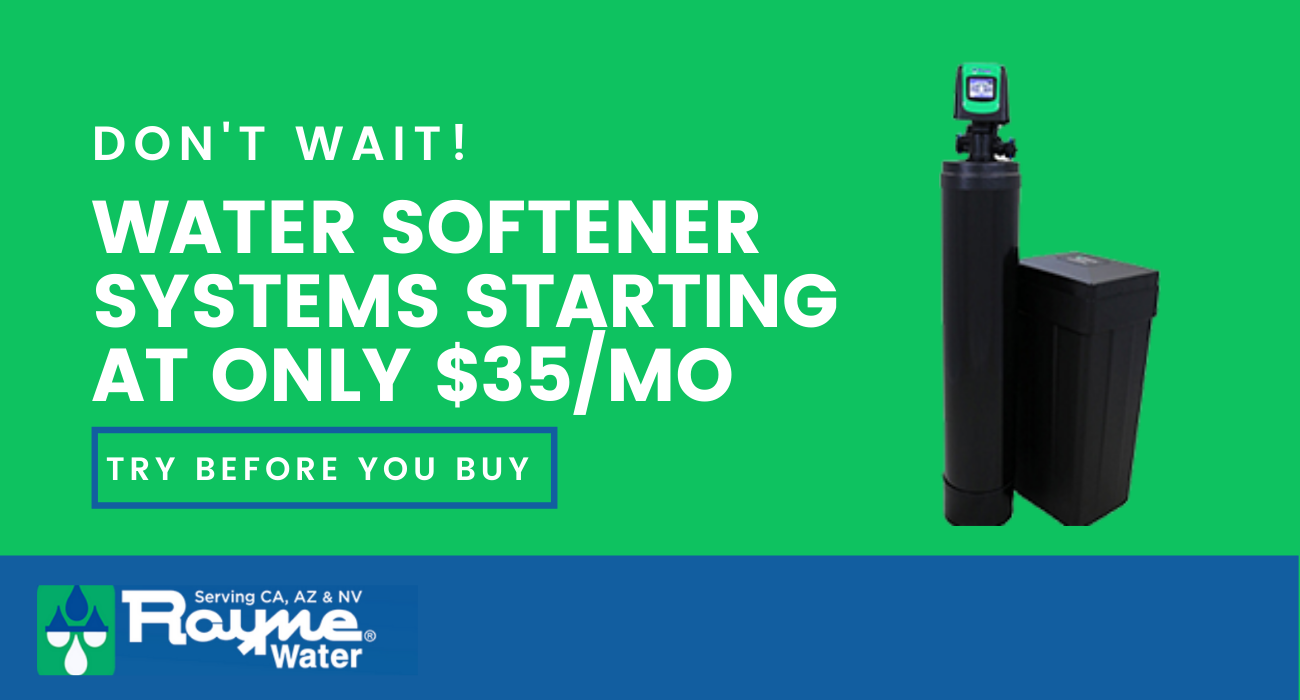Author: Ken Christopher | 8 min read | Dec 05, 2022
Many local Pasadenans drink from the city’s taps on a daily basis, but do they really know what’s filling up their glass? Pasadena Water and Power boasts that its water meets all federal drinking standards,1 and while that’s important, there’s more to the story.
First, federal standards governing public water supplies haven’t been updated in nearly twenty years, despite advancements in science and technology. Furthermore, 36 separate chemical contaminants have been detected in Pasadena’s tap water, many of which have been shown to be health hazards.2 In response, the Pasadena water restrictions are (and similarly West Covina water restrictions) much tighter.
Despite the proposed safety of the flow leaving their filtration facilities, concerning compounds abound in Pasadena’s tap water. So what kind of water contamination may be lurking in your supply?
Read on to learn more about the types of contaminants that Pasadenans are drinking, and what you can do to ensure the water in your home is of the highest quality.
To understand the drinking water quality in this Southern California region, it’s important to note what exactly may be contaminating the supply. From heavy minerals to toxic compounds, there may be plenty of unpleasant substances flowing around Rose Town. Many of these chemicals are found in trace amounts in nature, but their concentrations in Pasadena’s pipes are beyond what should be considered normal levels.
In fact, 17 substances in the city’s water are found in quantities that exceed healthy thresholds according to certain environmental health groups.2
A few of the pollutants Pasadenans and Southern California residents, in general, should consider are:
While those are some of the most concerning compounds passing through the city’s filtration systems, it’s not an exhaustive list. So, is Pasadena water safe to drink? According to federal regulations, yes. According to this list of compounds listed above, not so much.
Pasadenans spray, swim in, and swig the city’s supply to the tune of 27 million gallons a day.1 With all that aquatic action, is there any way to save the city from exposure to harmful contaminants?

Aside from the health effects brought on by drinking from contaminated sources, water rife with pollutants can look cloudy and drinking tap water can taste unpleasant. Thankfully, there are household and drinking water filtration systems that can remove the impurities from Crown City’s cups.
To begin on the hard end, water softeners may effectively eradicate the materials making your water heavy. The intention is to pull out the excess calcium, magnesium, and other dense minerals that can lead to a foggy appearance and strong flavor.8 Softening hard water can not only ensure safe drinking water quality but also do wonders for your skin and hair, and it may help you save on bills by increasing the efficiency of your water heater and prolonging the lifetime of your appliances.9
Filters such as a reverse osmosis water system, are an effective way of removing water contamination from your supply. Reverse osmosis (RO) is a process that uses pressure and a semi-permeable membrane to filter out the impurities in water.10 Think of an espresso maker forcing boiling water through hot grinds and then over a water filter. The result is the coffee you crave without the gritty bits getting stuck in your teeth.
And that coffee can taste all the better when it’s made with water that’s been filtered through RO.
Reverse osmosis filters help remove contaminants from Pasadena’s water supply.2 An RO water system may be the ticket to fighting back against arsenic and can neutralize nitrates and nitrites.
Here at Rayne Water, we say no to cloudy glasses of questionable water. Your family deserves water that is refreshing, flavorless, and clean—and that means focusing on what’s flowing from your faucets.
Rayne water provides water softeners that can nullify the concerning minerals streaming out of Rose Town’s taps. Plus, we have the reverse osmosis Los Angeles needs to keep the water clear and tasty. So whether you were worried about Pasadena, West Covina, or Burbank water quality, rest assured that our filtration system can make your drinking water clean wherever you may be in the California area.
Ensure you can always fill up your cup with the finest water Pasadena pumps out, with Rayne Water.
Sources:
